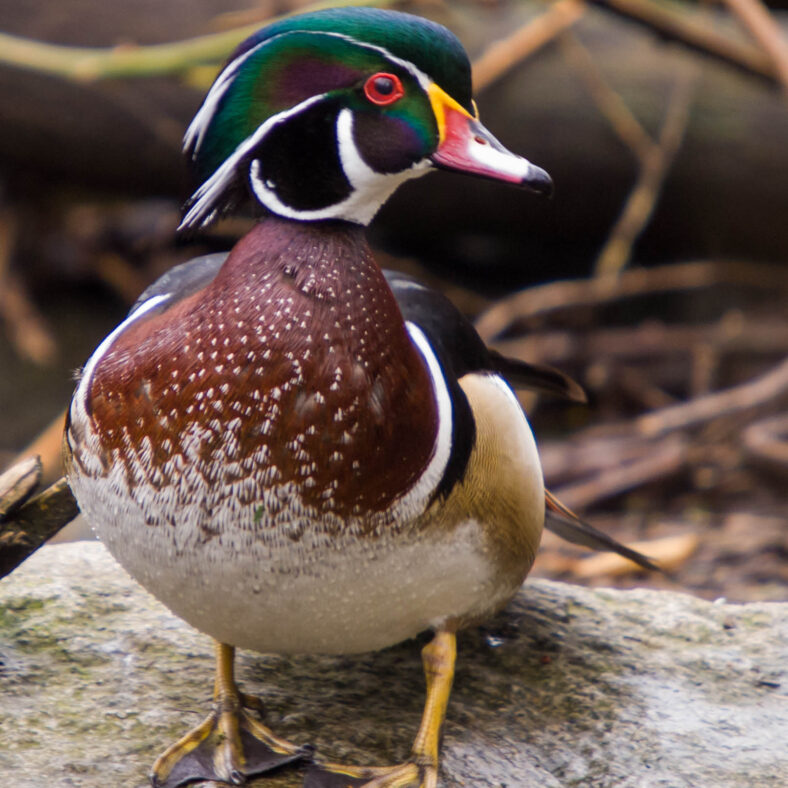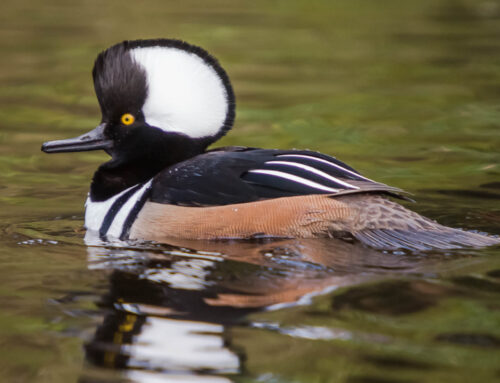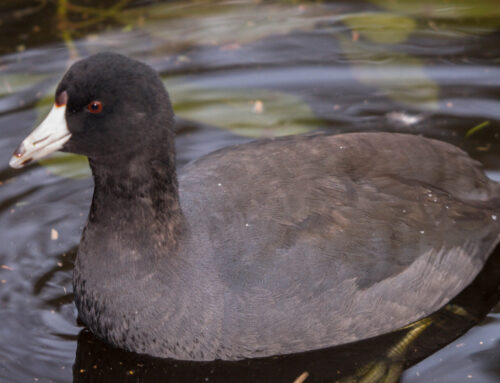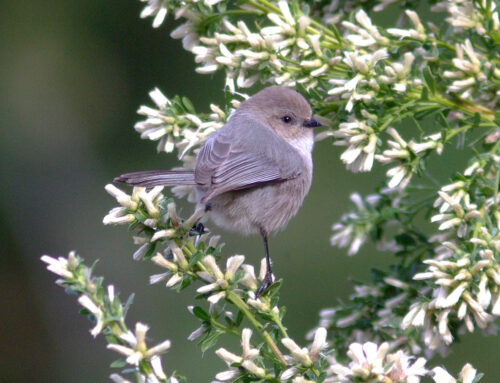Common Name
Wood Duck
Species Name
Aix sponsa

©2007 Don Enright
Appearance
43-54 cm length | 66-73 cm wingspan | 450-862 g weight
The male wood duck has remarkable plumage, with an iridescent green head and white-speckled reddish-brown breast, and strong white facial markings. Male wood ducks have a red eye and bill, as well as a distinctive long colourful crest.
Female wood ducks have a smaller grey crest, as well as a white oval-shaped ring around their eyes. Juveniles look similar to adult females, but males can be distinguished by a white spur extending up onto their cheek, as seen more prominently in the adult males.
Habitat / Behaviour
Omnivore | Woodland lakes, streams, swamps | Lives up to 22 years
Lives in forests, freshwater lakes, ponds, marshes and swamps, as well as creeks, streams and rivers. The wood duck is unique to many other ducks in that it can perch on tree branches and grip tree bark due to its strong claws.
Their diet consists of variable items, including aquatic plants, seeds, fruits, nuts, acorns, insects, spiders and crustaceans.
Breeding
Seasonally monogamous | Secondary cavity nester | 6-16 pale white eggs | 1-2 sets of young per year
Wood ducks nest in hollows or cavities of various sizes and depths naturally found in the limbs and/or trunks of trees or made by other species. Nest boxes are also used by these ducks. These nests can range from 2-60 feet above ground and are often in wooded areas within 2km of water. Young leave the nest by using their sharp claws to climb to the nest hole, where they jump lightly to the ground.
Females line the nests with their own down feathers from their breast, and incubate the eggs. Females may lay their eggs in other female wood duck nests if there are several wood ducks nesting in a similar location, passing the responsibility of incubation onto those respective females. This phenomenon is known as ‘intraspecific brood parasitism’ or ‘egg-dumping’.






